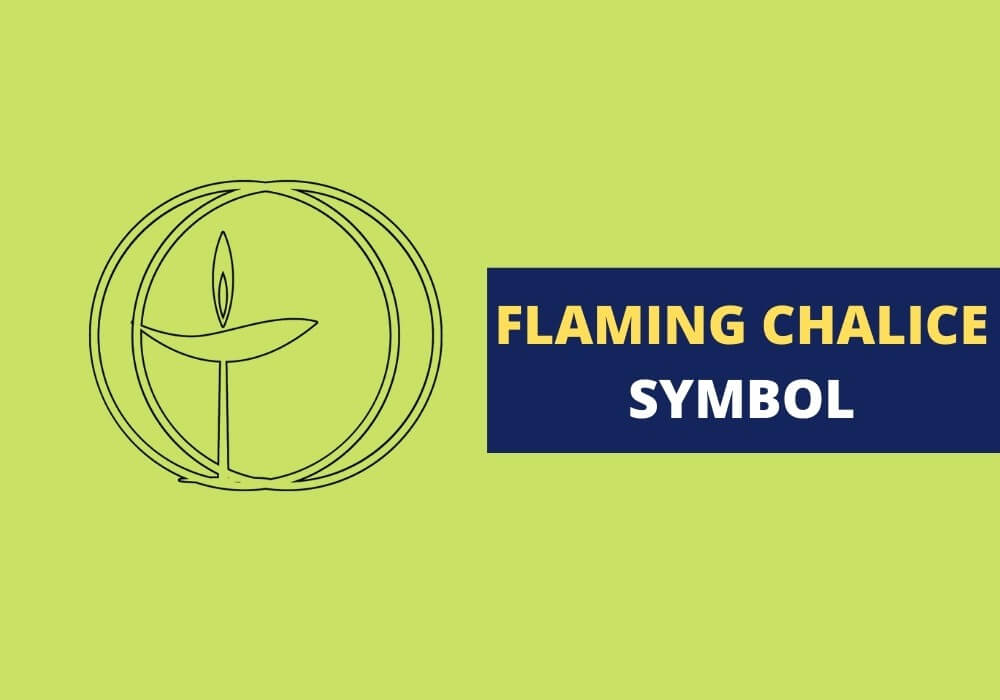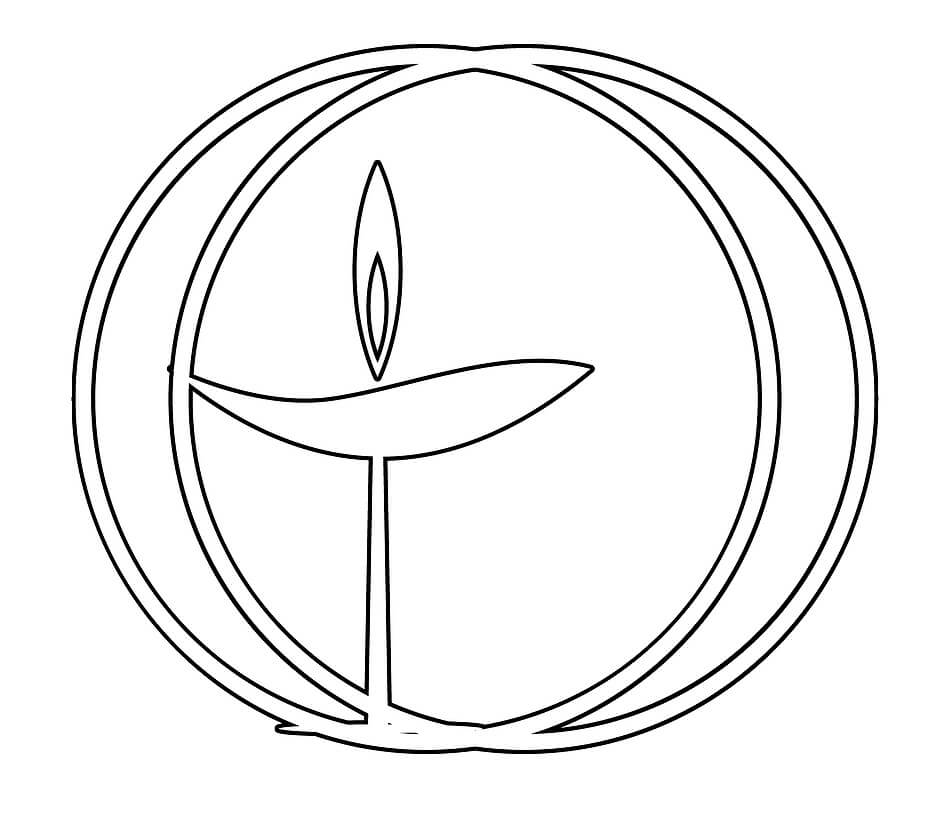
Table of Contents
Known as the official symbol of Unitarian Universalism, the flaming chalice represents freedom from religious oppression. But why was this symbol adopted as the emblem of the faith? Here’s a look at the history and significance of the flaming chalice.
History of the Flaming Chalice
Since early Christianity, the chalice has been associated with communion. During the Middle Ages, it was reserved for the clergy. However, a priest from Prague, Jan Hus, defied the Catholic Church by giving all people the privilege of the communion cup. The church condemned the practice and executed him in 1415—but his followers adopted the chalice in their movement.
Inspired from chalices of oil burned on ancient Greek and Roman altars, the symbol was designed by Austrian refugee Hans Deutsch during the World War II to help the Jewish people and other persecuted groups escape Nazis. During the time, many of the refugees fled without identification papers, so the Unitarian Service Committee (USC) helped them by issuing travel documents to cross borders. The documents needed a seal, and the flaming chalice was used.
In 1961, the two denominations Unitarianism and Universalism merged, and the flaming chalice with overlapping circles represented their union. The former believes that God is a single entity, while the latter affirms that God’s love and salvation extends to everyone. These faiths became a liberal religion known as Unitarian Universalism.

The flaming chalice symbol is often shown surrounded by two linked rings, but others are depicted without them. Also, it is often portrayed off-center to represent religious freedom and individualistic approach for wide range of beliefs. Some versions of chalice are decorated with light bursts, waves, double or triple flame, or even in stained glass design.
Symbolic Meaning of Flaming Chalice
The flaming chalice symbol has no orthodox interpretation, but here are the symbolic meanings associated with them:
- A Symbol of Freedom and Truth – While the symbol itself is deeply associated with Unitarian Universalism, it represents religious freedom. In fact, many consider themselves Christian, Buddhist, Jewish, and Humanist who are not bound by doctrines and hierarchy. It’s also a great reminder that everyone is responsible for finding his own purpose in life.
- A Symbol of Hope, Sacrifice, and Love – During World War II, the Unitarian Service Committee performed a rescue and relief operation to escape Nazi persecution. The flaming chalice became a symbol of the organization, where anyone carrying a note with it could be trusted.
- A Symbol of Unity and Commitment – The community is composed of individuals with varied religious traditions and theological commitments, and they light chalices in worship and gatherings to show unity and honor diversity.
- Open to Interpretation – The flaming chalice is a visual representation of their modern and dynamic faith which makes it open to interpretation. Since they draw wisdom from different beliefs and traditions to inspire their spiritual life, some associate the symbol with quest for truth, the sacred, and light of reason.
Flaming Chalice in Modern Uses
The chalice has been used in many cultures in communion, where it can be made of metal, glass, wood, or clay. In some religious rituals, lighting a chalice helps to deepen relationships with others and create a space for reflection, prayer, or meditation. The motif can also be seen in some fashion items such as t-shirts, as well as in jewelry pieces as pendants, charms, and rings. Some people even mark their faith with a flaming chalice tattoo.
In Brief
Used as a seal to escape Nazi persecution, the flaming chalice now carries varied meanings such as freedom, hope, sacrifice, love and commitment, which contribute to one’s spiritual and personal growth.








